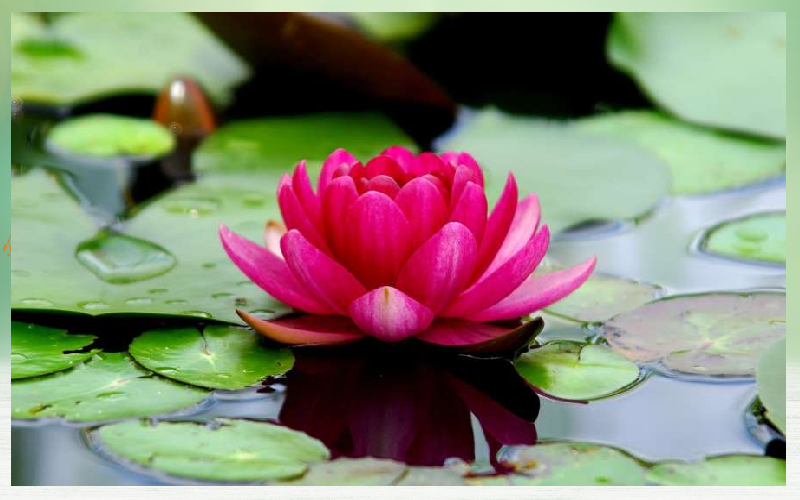
Introduction
The sacred lotus holds a deep religious significance in Sanatana Dharma. The origin of the national flower could be traced back to ages and ages hence. This Asian variety of flower symbolizes creation and rebirth. It also is the symbolic representation of sun because the flower closes and merges itself in water at dusk and raises itself and blooms at dawn. It acts as major symbol in Vedic literature of India and various other philosophies of Egypt and China.
The lotus is addressed by various names in India. It is often called as Padma. Significant names include Rajiva, Ambuja, Nīraja, Pankaja, Aravinda, etc. It represents beauty and enlightenment. The growth of the lotus is said to represent human life, it starts as a seed in the Kārmic cycle, emerging to a bud from the dirty water, representing a person who rises from the low worldly attachments following the path of spirituality, fully blossoms. This is when a person is said to have enlightened or have realized Mokśa.
(Smt. Srividya Raghuraman of Coimbatore is an authority on Lotuses and has over 200 varieties them. Click here to read more)
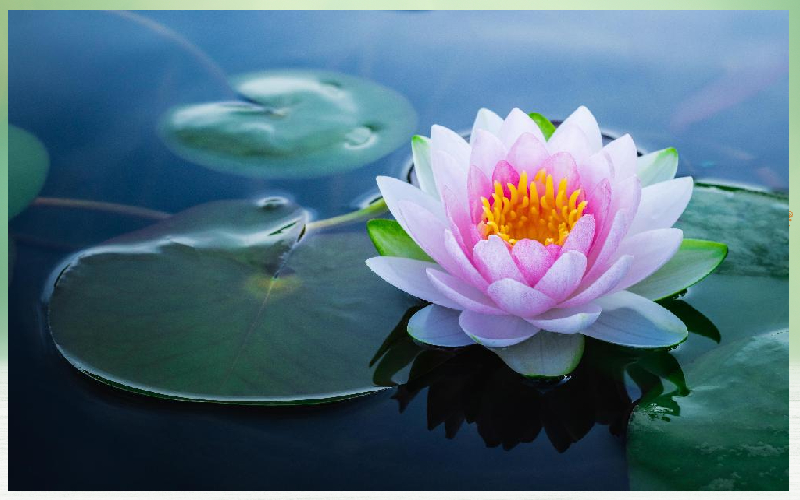
Representations of ‘Padma’ in Indian Scriptures

It is said in the ancient Indian text, ‘Padma Purana’, which by itself literally means Lotus but symbolically refers to Lord Viśnu, that Lord Brahma emerged in a lotus which grew from Nābhi (Navel portion) of Lord Nārāyaṇā and since then Lord Brahma started his work of creation. Another name for Lord Viśnu is Padmanābhā, which means ‘Lotus-naveled’. The geometric denotation in the tantric traditions is called Yantrā and there is a Yantrā for every God in it. The figure of ‘Śrī Viśhnu Yantraṃ’ shows evidently the patterns of Lotus petals marked in it and they can also be found in numerous other Yantrās dedicated to various other deities.
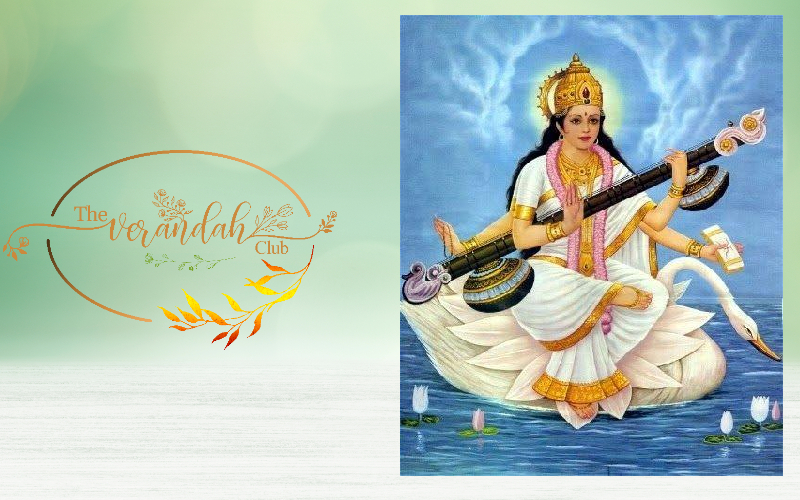
Maa Saraswathi, the Goddess of Knowledge, who is said to have Caturbhuja, is seen seated on a white lotus holding the Padma on one hand, the Vedas on the other, and playing Vīna with the other two. The Goddess is also called by the names ‘Padmāvaktraga, the one with a lotus like face, and ‘Padmākśi’, the lotus-eyed one. The Lotus represents the highest level of consciousness. Few historians even claim that Goddess Saraswathi’s sitting posture on a lotus signify to be in ‘Padmāsanā’, which is lotus posture in Hata Yoga.
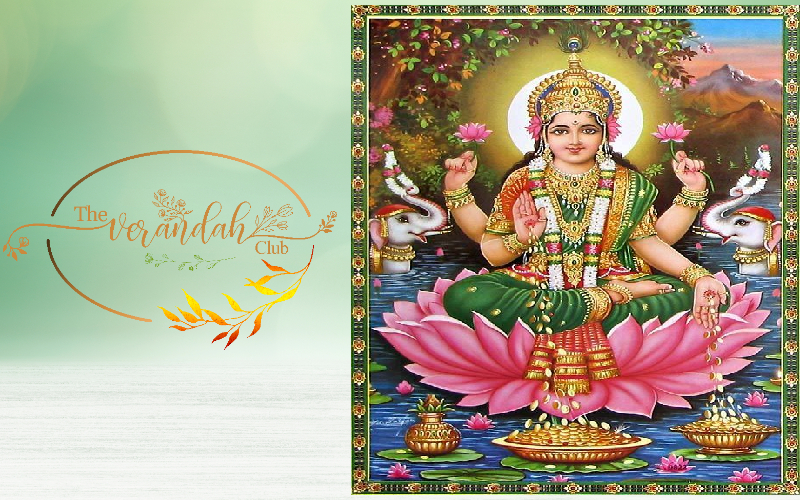
The bestower of prosperity and wealth, Goddess Gajalakshmi is seen seated on a pink Lotus. There are several references to Lotus in ‘Lakśmi Aśtottara’ and ‘Lakśmi Sahasranāmā’. In one of the places, the goddess is addressed as ‘Padmini’, one who is seated on a lotus; ‘Padmāvatī’, one who possesses lotus; ‘Padmapriyā’, a lover of lotuses, ‘Padmasundari’, one who is beautiful like a lotus. ‘Aravindakumāri’ is also a form of the Goddess who is seated on a lotus.
Earliest mention of the flower is found in the oldest among Vedas, The Rig. The significance of lotus is even mentioned in Bhagavad Gita (5.10), it is said that those who dedicate their actions to God, abandoning all attachment, remain untouched by sin, just as a lotus leaf is untouched by water. One of the best compositions of Ādi Ṣankarā is ‘Bhaja Govindaṃ’. One of the verses in the work also gives the imagery of the flower, which goes as,
“Nalīnīdalagatajalamatitaralaṃ
Tadvajjīvitamatiṣayacapalaṃ…”
As are the water droplets on a lotus leaf, so is this life uncertain…
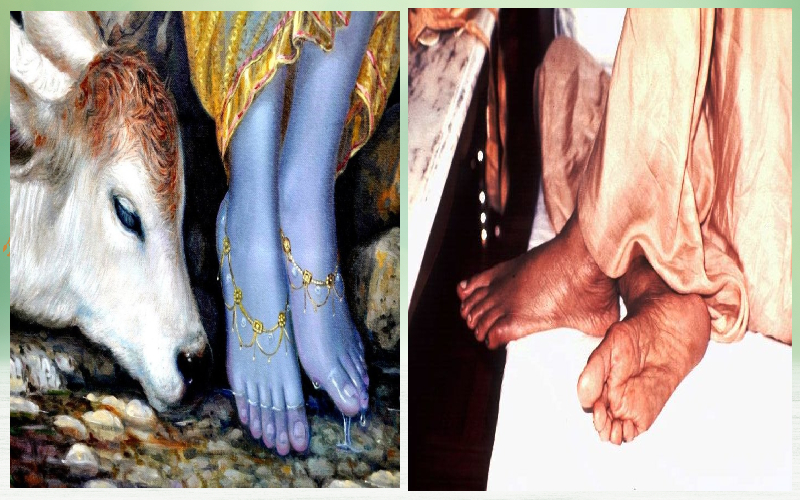
The holy feet of Lord Krishna and Gurū are being compared to lotus. The comparisons are well brought out in the verses of ‘Bhaja Govindaṃ,’ where it is said ‘Gurucaranāmbujaḥ’ (verse 31) and ‘Guru Stotraṃ’ where it is said ‘Vedāntāṁbhuja’ (Couplet 6). According to Raja Yoga, human body is divided into seven cakrās. The seventh cakra, Sahasrarā is located at topmost portion of head and is represented by the symbol of lotus.

Food, Savouries and Health Benefits
In India, all parts of the lotus plant can be significantly used for preparing various dishes. It includes the stem, the leaves, the flowers, the seeds, the tubers, the stamens, and the seed pods. The tender stem of lotus is also pickled. It is also said that the native Americans consumed lotus as a part of their mainstay course. It is rich in protein content and is also very tasty, hence they are used to make various confectionaries. Lotus root is very nutritious and contains large amounts of vitamins and minerals. It includes Vitamins B & C, iron, potassium, copper, thiamine, zinc, etc. Common Indian recipes include, ‘Lotus Root Fry’, ‘Crispy Lotus Stem in Honey Chilly’, ‘Fried Lotus Stems with Chutney’, ‘Lotus Stem Pickle’, ‘Corn and Lotus Stem Kebab’, etc.
Conclusion
Thus, the lotus is not just a flower but is the representation of the omnipotent powers. It serves the human beings to large extent even by representing great virtues. We can aptly call this piece, ‘Ambhuja a gift of Ambhujākśa’.

T. R. Surya is the special correspondent of the company. He is an eloquent speaker and compendious writer of English. An avid learner of Sanskrit and Indian scriptures under the guidance of Swami Ganeshaswarupananda and Gita Chaitanya of Arshavidyalaya. His inclination and interests are towards studying Metaphysics and philosophies.
References:
1. https://timesofindia.indiatimes.com/religion/rituals-puja/names-of-goddess-saraswati/articleshow/68206095.cms
2.https://www.vai.com/minisites/realillusions/07lotusfeet_sublime.html#:~:text=The%20feet%20of%20these%20holy,so%20are%20the%20lotus%20feet.
3. https://www.speakingtree.in/allslides/significance-of-lotus-flower-in-spirituality/lotus-flower-symbolism-and-buddhism-486014
4.https://www.ndsu.edu/pubweb/chiwonlee/plsc211/student%20papers/articles09/elizabeth%20larson/lotusflower/New%20Folder/Lotus%20flower.html#:~:text=Back%20in%20Egyptians%20times%2C%20the,above%20the%20water%20and%20reopens.
5. https://www.pujanpujari.com/blog-detail/yantras-meaning-types-benefits/116
6. https://www.umami-insider.com/lotus-root-healthy-benefits/#:~:text=Lotus%20root%20is%20very%20nutritious,of%20protein%20and%20dietary%20fiber.
NEXT ARTICLE